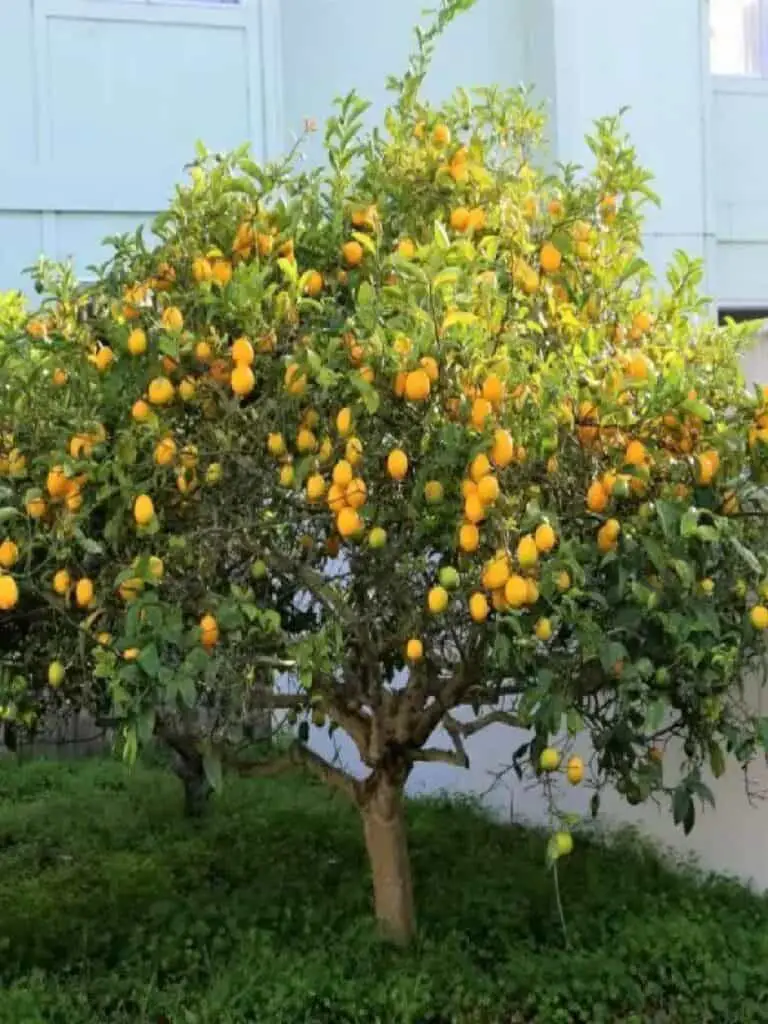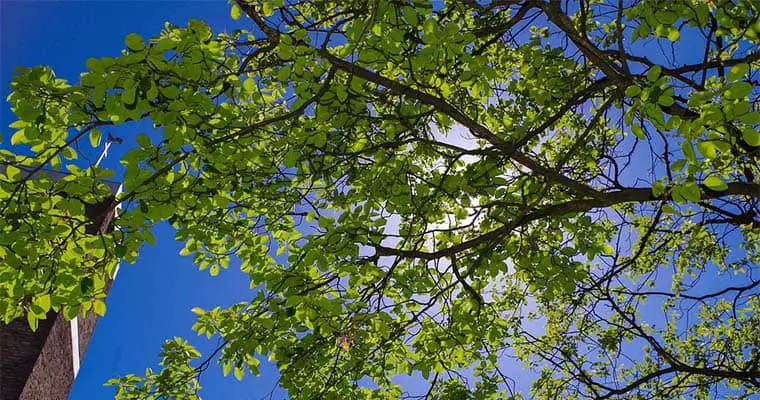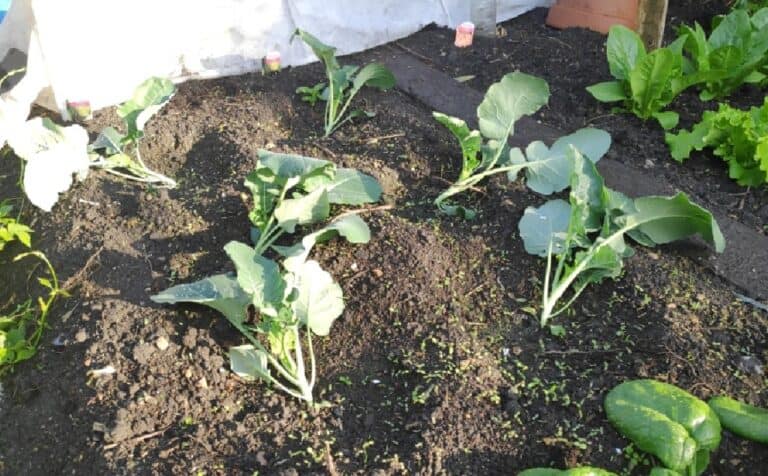Reviving Lemon Tree After Freeze: A Step-by-Step Guide to Bring It Back to Life

There’s nothing quite as disheartening as looking out at your garden after a cold snap, only to see your once-vibrant lemon tree looking more like a sad, wilting ghost of its former self. I’ve been there — winter can hit unexpectedly, and even with the best precautions, a freeze can catch you off guard. But, before you throw in the towel and resign yourself to a lemon-less future, take heart!
Your tree might still have life left in it. In fact, with a bit of care, patience, and some strategic action, you can bring your lemon tree back from the brink.
I’m here to walk you through exactly how I revived my own lemon tree after a particularly brutal freeze, step by step. Let’s turn that frosted frown upside down and get your tree back to producing those sun-kissed lemons we all love!
Step 1: Assess the Damage
The first thing to do after a freeze is take a deep breath and assess the situation. It’s easy to panic when you see shriveled leaves and frost-bitten branches, but not all hope is lost. Lemon trees are tougher than they look, and while the surface may appear damaged, the real question is whether the roots and main trunk are still alive.
What to Look For:
- Leaf Damage: Frost-damaged leaves will often turn brown or black, becoming brittle and eventually falling off. Don’t worry too much about the leaves — they’re often the first to go but aren’t the true indicator of survival.
- Branch Health: Check the branches. Scratch the surface of a few smaller branches with your fingernail. If the wood underneath is green, that’s a good sign. Brown, dry branches might need pruning, but we’ll get to that later.
- Trunk Condition: The trunk is your tree’s lifeline. If the bark has split or you see severe cracks, it could spell trouble. However, if the trunk looks mostly intact, there’s a solid chance your tree will recover.
Step 2: Hold Off on Immediate Pruning

I know the temptation is there. You might feel like grabbing the pruning shears and cutting away all the dead bits, but resist that urge for now. After a freeze, the tree needs time to stabilize. Cutting too soon can actually do more harm than good. Trust me, I learned this the hard way!
Let the tree sit for a week or two after the freeze before doing any major pruning. During this time, you’ll have a clearer picture of what’s truly dead versus what just looks damaged but will recover.
Step 3: Hydration Is Key
Once you’ve let your tree settle and assessed the damage, it’s time to give it some TLC. Like any living organism, your lemon tree needs water, and after a freeze, its roots may have gone into shock. While you don’t want to overwater, it’s crucial to keep the soil moist (not soggy) to encourage recovery.
How Much to Water:
- Water deeply, ensuring that the soil around the root zone is evenly moist.
- If the ground is still frozen, wait for it to thaw before watering.
- Stick to a regular watering schedule, but avoid drowning the tree. Roots need oxygen too!
Step 4: Feed Your Tree
When your tree has experienced a freeze, it’s been through a lot of stress. This is where feeding comes in — but it’s important to know when and what to feed. Post-freeze, your lemon tree’s roots might be in shock, so you don’t want to overwhelm it with fertilizer right away. Give it a bit of time to adjust before reintroducing nutrients.
Best Practices for Fertilizing:
- Wait until spring: Once new growth begins to appear, you can start feeding your lemon tree. Use a balanced citrus fertilizer to provide the essential nutrients it needs to regain strength.
- Organic fertilizers: Consider using compost or organic fertilizers, as they release nutrients slowly and won’t overwhelm the tree.
- Mulch for extra protection: Add a layer of organic mulch around the base of the tree to help retain moisture and provide gentle nourishment.
| Fertilizer Type | When to Apply | Why It Works |
| Balanced Citrus Fertilizer | Early Spring | Provides key nutrients for recovery |
| Organic Fertilizer | Late Winter / Early Spring | Gentle, slow-release nourishment |
| Mulch | After freeze and during spring | Protects roots and retains moisture |
Step 5: Pruning: What to Trim and What to Leave
After waiting a few weeks and seeing new growth, you’ll have a better sense of which branches are beyond saving. Now’s the time to carefully prune away the dead and damaged parts of the tree. You want to help the tree focus its energy on healthy branches.
Pruning Tips:
- Trim Dead Wood: Start with branches that are clearly dead — no green under the bark and brittle to the touch. These won’t come back, so trim them off cleanly.
- Remove Broken Limbs: Any branches that are cracked or broken from the weight of the frost should also be pruned.
- Shape the Tree: Use this opportunity to shape your tree, improving air circulation and encouraging healthier growth in the future.
Pro Tip: Don’t go overboard! Prune conservatively to avoid shocking the tree further.
Step 6: Sunlight and Protection
Once you’ve pruned and fed your tree, sunlight becomes your tree’s best friend. Lemon trees love the sun, and after a freeze, they need every bit of warmth they can get to encourage recovery. If your tree was exposed to harsh winds during the freeze, it might have suffered additional stress, so providing some protection can be beneficial.
How to Maximize Sunlight:
- Position: Ensure your lemon tree is in a location where it can get at least 6-8 hours of sunlight per day.
- Frost Protection: If another cold snap is in the forecast, cover the tree with frost cloth or blankets to protect it overnight. You can even wrap the trunk in burlap for extra insulation.
Step 7: Patience and Ongoing Care
Reviving a lemon tree after a freeze isn’t a one-and-done process. It takes time, patience, and ongoing care to bring it back to full health. The good news? Lemon trees are resilient! With each passing week, as long as you follow these steps and continue to nurture it, your tree will show signs of life.
Signs of Recovery:
- New leaf growth
- Stronger branches
- Green under the bark when scratched
- Healthy blossoms in spring
Common Issues to Watch For:
- Pests: A weakened tree is more susceptible to pests, so keep an eye out for insects and treat them as needed.
- Disease: Fungal infections can take hold after cold damage, so ensure proper air circulation and treat any signs of disease immediately.
| Read: Citrus Limon ‘Meyer Improved’ Plant Care and Growing Guide |
Lemon Tree Ongoing Care and Maintenance
Keeping your lemon tree healthy after a freeze means committing to thoughtful, ongoing care. Start with consistent watering, balanced fertilizing, and regular inspections for pests or disease. Healthy trees bounce back faster and resist damage better.
Each season, adjust your care routine. In spring, prune dead wood and encourage new lemon tree growth. During summer, mulch well and water deeply. When fall arrives, wrap the trunk and cover young trees before frost hits. Winter calls for protective covers and careful monitoring of soil moisture.
| Season | Key Tasks |
| Spring | Prune, fertilize, inspect |
| Summer | Mulch, deep watering |
| Fall | Wrap trunk, frost covers |
| Winter | Protect, monitor moisture |
Join local gardening clubs or online citrus forums for tips and support. Sharing advice with fellow lemon tree enthusiasts can make all the difference in keeping your tree thriving year-round.
Conclusion: Bringing Back the Sunshine
Bringing your lemon tree back to life after a freeze can feel like a daunting task, but with the right steps, your tree can recover and flourish again. From watering to pruning to ensuring the right sunlight, every action you take helps your tree return to its vibrant, lemon tree fruitful self. Patience is key, but before you know it, you’ll see new leaves, healthy branches, and, eventually, those beautiful lemons hanging from your tree again.
So, take a deep breath, grab your gardening gloves, and start giving your lemon tree the care it needs. After all, a little frost can’t stop the sunshine in your garden forever!






